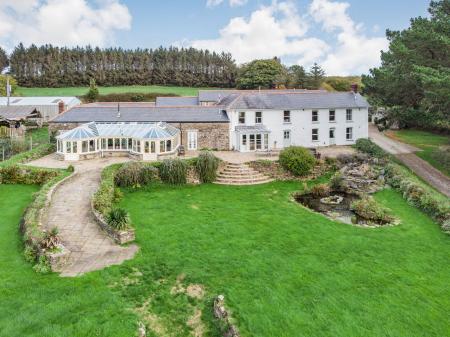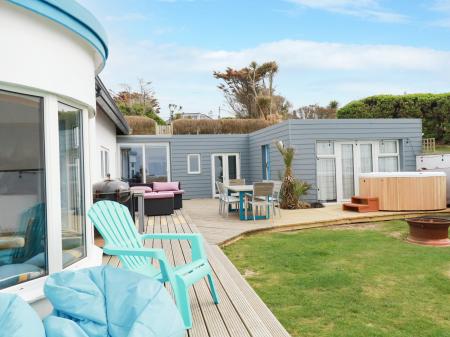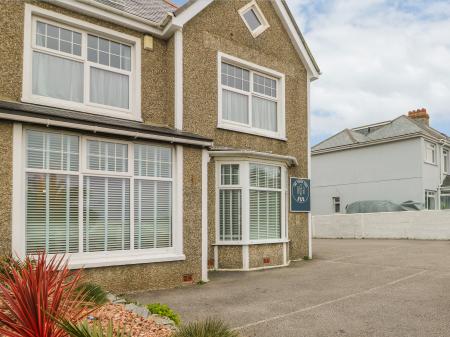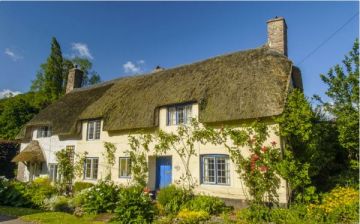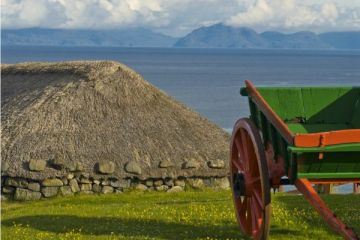'Elizabeth I slept here' has become an iconic phrase, applied to a seemingly endless stream of historic sites around England. In truth, the Virgin Queen did indeed sleep in a lot of different places, and it was completely by design. Elizabeth was known for her 'progresses' around England.
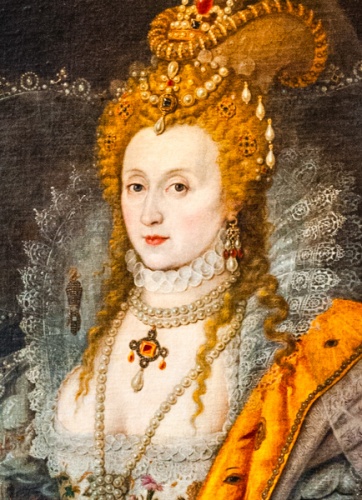
In essence, the entire royal court moved from place to place and stayed at the homes of her leading nobles. This itinerant lifestyle served two purposes; it kept the nobles vying to outdo each other and earn the queen's approval - and at the same time kept them from plotting against her - and it saved the royal treasury a vast amount of money each year by making the nobles themselves pay for the royal visit.
Indeed, a long stay by Queen Elizabeth could bankrupt all but the wealthiest noble, and more than one noble begged off the privilege of hosting the Queen and her retinue.
Though Elizabeth travelled to every part of the country, many of the stately homes with the strongest ties to Elizabeth can be found within a short distance of London. Here are 8 historic houses with strong links to Elizabeth I.
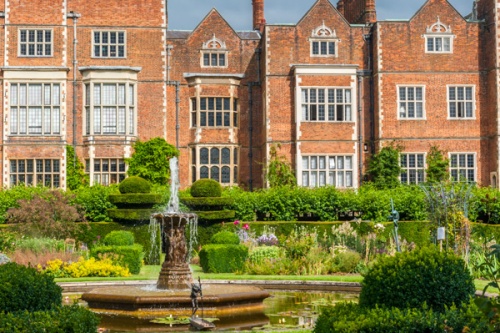
1. Hatfield House, Hertfordshire
Hatfield is one of the great stately homes of England. It began as a palace for the Bishop of Ely but when Henry VIII dissolved the monasteries at the outset of the Reformation he seized the Bishop's palace and turned it into a royal palace.
When Princess Elizabeth, the daughter of Henry's second wife Anne Boleyn, was just three months old Henry VIII sent her to Hatfield. The infant princess had her own household, and her elder sister Princess Mary served as a lady-in-waiting. Elizabeth lived at Hatfield for much of her childhood.
When her elder sister Mary ascended to the throne Elizabeth became a virtual prisoner at Hatfield. She lived a very constrained life but she is known to have enjoyed masques, plays, singing, and bear-baiting while living here.
According to a legend on 17 November 1558 Elizabeth was sitting under an oak tree in the park at Hatfield, eating an apple and reading when the news came that her sister was dead and that she, Elizabeth, was now queen.
Elizabeth's first Council of State was held in the Great Hall of Hatfield.
As for Elizabeth's Oak, it is gone, but a descendant stands on the same spot.
Inside the house, the centrepiece room is the Marble Hall, with its striking floor made of alternating squares of black and white marble. In the Marble Hall is the 'Rainbow Portrait' of Elizabeth I, showing the Queen holding a rainbow in one hand.
In the Long Gallery are a hat, stockings, and gloves that once belonged to Elizabeth I. The silk stockings are thought to be the very first pair imported into England.
Self-catering near Hatfield House
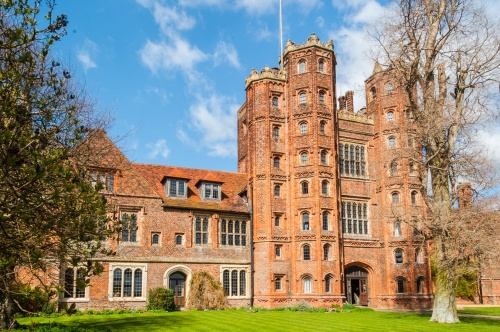
2. Layer Marney Tower, Essex
Layer Marney Tower is a beautiful Tudor house begun in 1523 by Henry, 1st Lord Marney, who served Henry VIII as Lord Privy Seal. As such he was one of the most influential men in the country.
Marney had plans to build a palatial house to rival any in the realm. He chose a site overlooking the River Blackwater about midway between Colchester and Maldon. His ambitious plan was scarcely begun before the family line died out and construction came to an abrupt halt.
But not before the striking red-brick gatehouse tower was built. The tower was probably designed by Henry VIII's own architect Guiliamo de Travizi.
Layer Marney passed to Sir Brian Tuke, Treasurer to the royal household, and the Tukes owned it when Elizabeth I stayed here on a royal progress through Essex in 1579.
Layer Marney Tower is said to be one of the most haunted buildings in Britain. Among the ghosts that have been reported is Henry, the 1st Lord Marney, who walks the staircase, clad in a full suit of armour. Apparently, he is tormented by the thought that his great plans for the house were never realised.
Self catering near Layer Marney
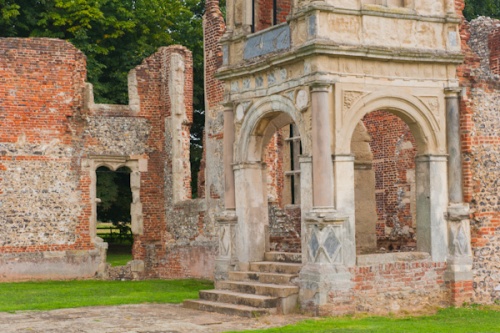
3. Old Gorhambury, Hertfordshire
Gorhambury was built in 1563-8 by Sir Nicholas Bacon, who acted as Lord Keeper of the Great Seal to Elizabeth I. The queen is known to have visited Gorhambury twice, so you can imagine that it was a very grand house in its heyday.
Unfortunately, what remains today is a ruinous structure comprising a two-storey porch, parts of the hall, a chapel and clock tower.
What we can see today is but a pale shadow of the original house, however. Sir Nicholas poured time and money into his house, completely replacing an earlier medieval residence with an extravagant new building in Italianate style.
He intended his grand house to reflect his status as one of the most important men in the Elizabethan court, and also to impress his queen.
Was she impressed?
Apparently not; on her first visit to Gorhambury in 1572 she is said to have remarked, 'My Lord, what a little house have you gotten'. Sir Nicholas, quickly retorted, 'Madam, my house is well, but it is you that have made me too great for my house'.
Flattery sufficed for the moment, but Sir Nicholas took the hint and poured even more money into the house so that it suitably impressed the Queen on her next visit in 1577.
In 1784 a new Palladian house was erected a short distance away and Sir Nicholas' Tudor house was left to decay. It quickly became known as 'Old Gorhambury House', compared to the fashionable new house. The old house became an eye-catcher, or romantic feature, in the parkland.
Self catering near Old Gorhambury (St Albans)
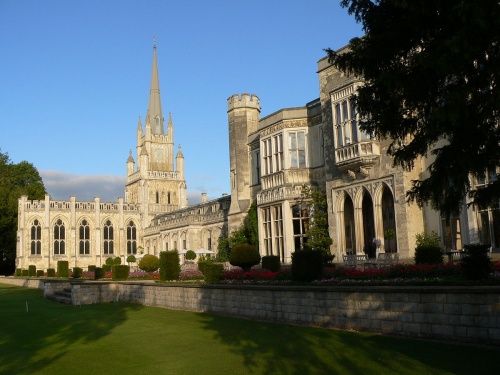
Creative Commons license
4. Ashridge, Hertfordshire
In 1283 Edmund, Earl of Cornwall, founded a monastery for the Bonhommes order at 'Assherugge'. The monastery was re-endowed by Edward the Black Prince and gained a reputation as a centre for scholarly debate and learning.
When the monastery was dissolved at the Reformation, Henry VIII granted the Ashridge estate to Princess Elizabeth, later Elizabeth I.
Elizabeth spent 8 years living at Ashridge, and it was here that she was arrested by her half-sister Mary in 1554 and taken to the Tower of London. She had every right to fear for her life, but Elizabeth survived the ordeal to become queen on her sister's death. The Ashridge estate remained in Crown hands until Elizabeth's death in 1603.
The Tudor house was transformed in the 18th century into a fashionable country house by the Duke of Bridgwater, who called in architect James Wyatt to create a Gothic Revival house, set in attractive gardens designed by Humphrey Repton.
Ashridge is now home to one of the top business schools in the world, but house tours are available during school closure periods in the summer months.
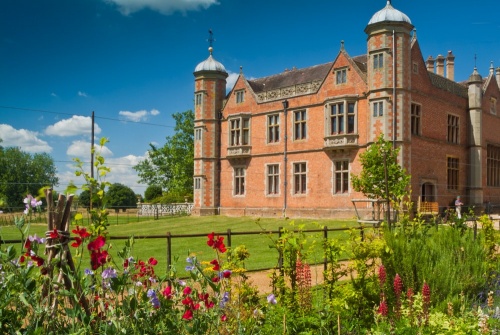
5. Charlecote, Warwickshire
Charlecote Park is a magnificent Tudor mansion built by Sir Thomas Lucy beside the River Avon. The house features a set of superb, ornate Tudor chimneys. The house interior is largely Victorian, and visitors can see 'below stairs' to get a glimpse of what life was like for the servants who kept Charlecote running.
Queen Elizabeth I visited Charlecote and stayed in what is now the drawing room. There you can see a contemporary portrait of the queen.
Tradition says that William Shakespeare was once caught poaching deer on the Charlecote Estate. This story could indeed be true because the Charlecote the estate is near Shakespeare's family home in Stratford-upon-Avon.
According to the tale, Shakespeare was forced to escape the region to avoid prosecution by Sir Thomas Lucy. He fled to London, and the rest is history. He must have held a grudge, for the character of Justice Shallow in The Merry Wives of Windsor and Henry VI, Part 2, is said to be based on Sir Thomas Lucy.
Self catering near Charlecote Park
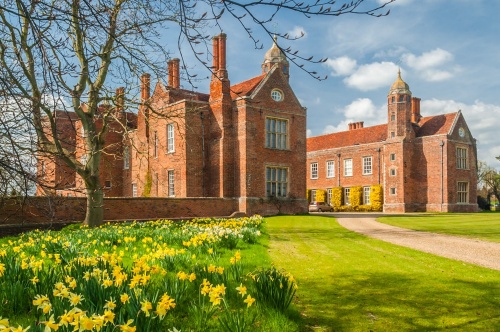
6. Melford Hall, Suffolk
This delightful Tudor house is the home of the Hyde Parker family, lords of the manor of Melford. The manor of Melford once belonged to the Abbots of Bury St Edmunds, but after the Dissolution of the Monasteries it was granted to Sir William Cordell, a prominent lawyer who later became the Speaker of the House of Commons.
The house exterior is pure Tudor, built for Sir William over the years 1554-1578.
Elizabeth I visited Melford and feted in the panelled banqueting hall. The hall is almost unchanged from the time of her visit. By contrast, the library dates from the Regency era, and the bedrooms were remodelled in the Victorian period.
Melford Hall also has strong links to author Beatrix Potter, who was related to the Hyde Parker family. You can see a model of Jemima Puddleduck in addition to several of Potter's sketches and watercolour illustrations for her popular stories.
Self catering near Melford Hall
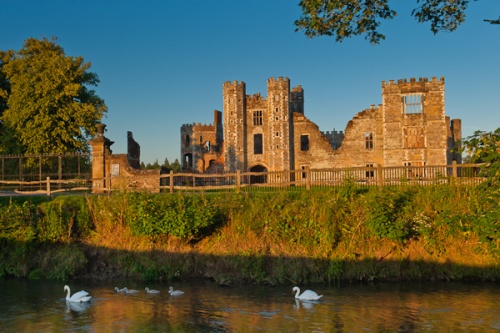
7. Cowdray House, West Sussex
The glorious ruins of this great Tudor mansion stand beside a stream on the site of a 13th-century house. In its heyday, Cowdray was home to one of the most powerful families at the courts of Henry VIII and Elizabeth I.
In 1533 Sir William Fitzwilliam obtained a license from Henry VIII to crenellate the house (make it defensible). Henry obviously trusted Sir William. At the Dissolution of the Monasteries Henry gave Sir William Easebourne Priory and named him Earl of Southampton to celebrate the birth of Henry's son, the future Edward VI. Henry VIII is known to have visited Cowdray in 1538, 1539 and 1545.
The house then passed to Sir Anthony Browne. Edward VI visited in 1552, but he wasn't impressed with the Browne hospitality; he complained that the food was too rich for his liking. That did not stop him from naming Sir Anthony Browne the 1st Viscount Montague in 1554.
While her younger brother may have held Sir Anthony in high regard he did not enjoy the same favour from Elizabeth I. Elizabeth had him placed under house arrest at the time of the Spanish Armada in 1588 due to his Catholic faith. Once the threat had faded she must have softened her stance, for Elizabeth visited Cowdray herself in 1591.
In 1595 the 2nd Viscount Montague produced one of the best historical records of daily life on an Elizabethan estate; his Book of Orders and Rules gives a detailed picture of how a grand Elizabethan manor functioned.
The house that Elizabeth knew was gutted by fire in 1793, leaving Cowdray a shell, but what a shell! The Tudor facade is one of the most imposing in England, and the inner courtyard is entered through an impressive gatehouse.
Self catering near Cowdray House
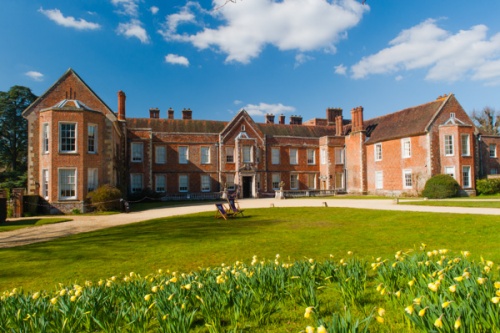
8. The Vyne, Hampshire
The Vyne is a beautiful Tudor house built in 1500-1520 for William, Lord Sandys, who acted as Lord Chamberlain to Henry VIII. Sandys rose to become Henry's Lord Chancellor and played host to the king on several occasions at The Vyne.
One of the most impressive features of The Vyne is a superb Tudor chapel built from 1518-1527. Henry VIII is known to have worshipped here, on his visits to The Vyne. Look for the Tudor rose symbol of Henry VIII and the pomegranate symbol of his first wife, Catherine of Aragon. William Sandys had the symbols worked into the chapel decoration to please his royal master. He must have had a few awkward moments when Henry later visited The Vyne with his second wife, Anne Boleyn!
We know that Henry and Anne's daughter, Elizabeth I, visited The Vyne on at least one occasion, and almost certainly she would have worshipped in the same chapel as her father and mother had decades earlier.
A much later visitor to The Vyne was Horace Walpole, and the suite of rooms he used is just off the entrance hall. One of these rooms is the Strawberry Parlour, named for Walpole's extraordinary 'Gothick' House at Strawberry Hill, Twickenham.
For more wonderful places to visit see our full list of attractions associated with Elizabeth I
MOST POPULAR POSTS
